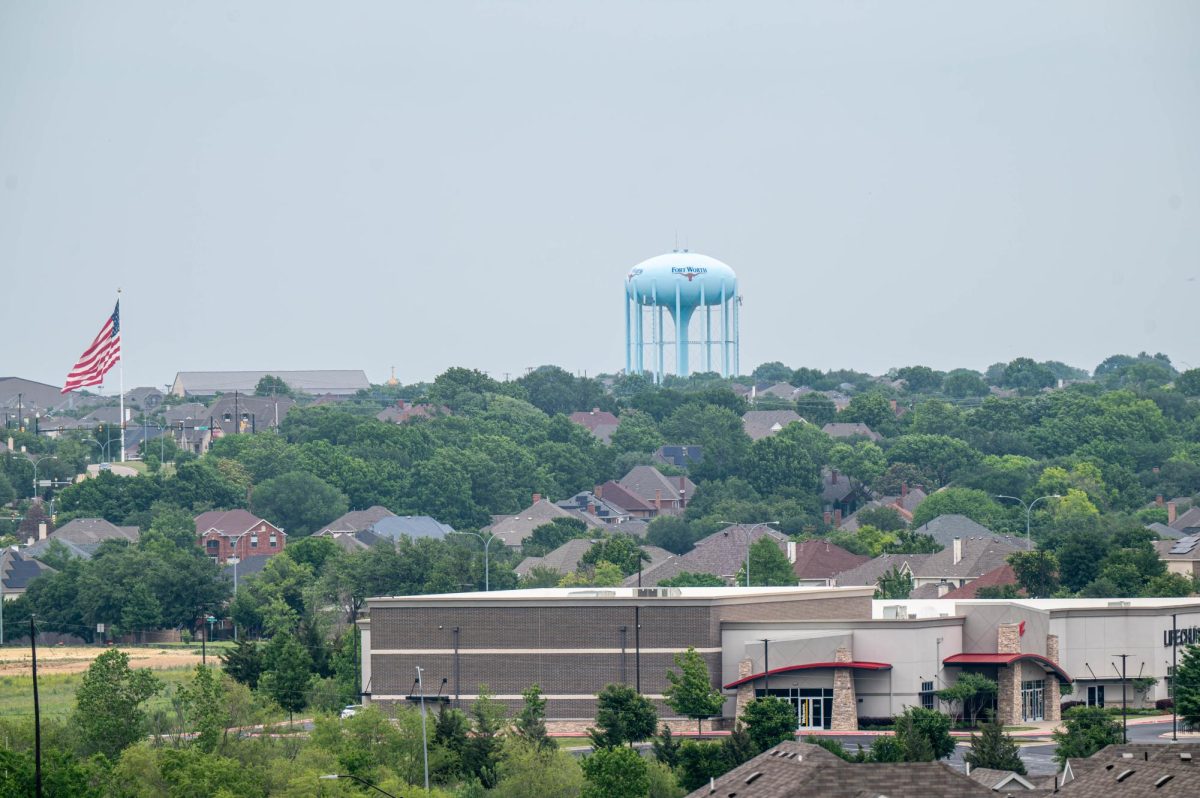President Barack Obama’s 2008 White House run was characterized by many great speeches. Fantastic illustrations. Emotional anecdotes. Personal stories. People cried, people laughed, and Republicans fumed as Democrats rejoiced.
That was then. The president announced Tuesday in a speech from West Point that he would order 30,000 more troops to fight in Afghanistan, a number significantly lower than the 40,000 he proposed earlier. According to CNN.com, he said more troops would assist the 140,000 troops already there (from the U.S. and North Atlantic Treaty Organization, or NATO) in further preventing Taliban re-emergence and “allow (the U.S.) to further accelerate handing over responsibility to Afghan forces.”
Obama went on to personally address the troops in the audience. And, again, the promises rained down.
“As your commander in chief, I owe you a mission that is clearly defined, and worthy of your service,” he said.
That sounds more like a campaign promise than a presidency promise to me. Yes, President Obama, you do owe them a clear mission. Now, give it to them.
The president did present one specific but implausible promise. He said the 30,000 troops would enter Afghanistan on a six-month timeline and that the United States would look to begin an exit strategy by 2011. That means 30,000 individuals will have to make the transition to Afghanistan in six months, with the hope of getting to go home a year later. This is a promise that might be hard to keep. Obama also said in the speech that he wanted forces to be out of Afghanistan by 2011.
Even worse, the Pentagon does not agree with that timeline. In fact, according to the CNN report, Gen. Stanley McChrystal, who is actually in Afghanistan, said a 12-month entrance strategy would be more realistic.
And this is not the first time Obama suggested a troop surge that some have called hasty. He said in a speech in February that he would push for an 18-month exit strategy from Iraq, where U.S. forces are not only fighting terrorism, but also cultural and religious battles between groups like the Arabs and Kurds.
If it’s not the issue of plausibility, it’s the issue of affordability that must be taken into account. According to the report, this deployment will cost $30 billion a year to carry out, an expenditure the U.S. economy cannot handle. Furthermore, almost half of the national budget is geared toward military spending already. And if that’s not enough, the Department of Defense had budget cuts in December of 2008 after the national GDP showed a decrease.
According to a column by Martin Feldstein of the Wall Street Journal, those in the Department of Defense and Office of Management and Budget who determined the cuts said the decreased GDP meant that ‘everyone’ would have to make cuts, not just defense. Now, those cuts will be for naught, as the budget will actually be $30 billion higher.
Granted, our GDP has improved since then, and many economists say the increasing employment opportunities are a good sign, but our economy simply cannot afford to make these kind of unnecessary moves. I hope the president didn’t forget about the health care bill and the stimulus. Those were pretty big investments. His party can’t be too happy that he is pushing for this troop surge.
But hey, with a national debt of $12 trillion, what’s another $30 billion?
Wyatt Kanyer is a sophomore news editorial journalism major from Yakima, Wash.



